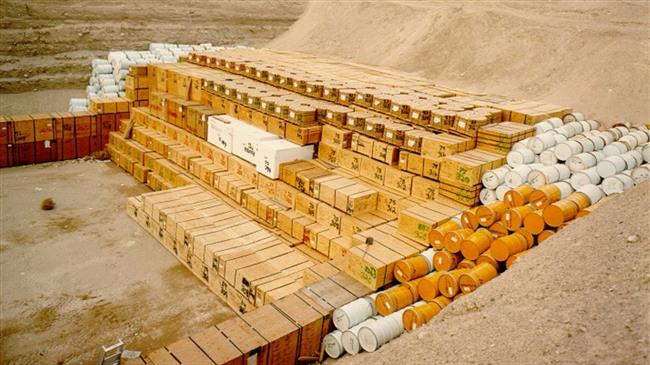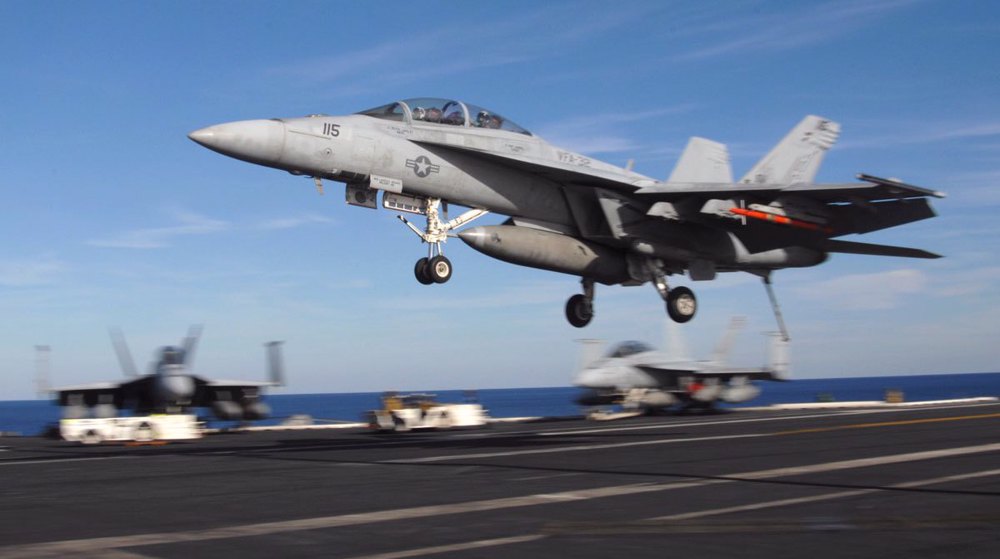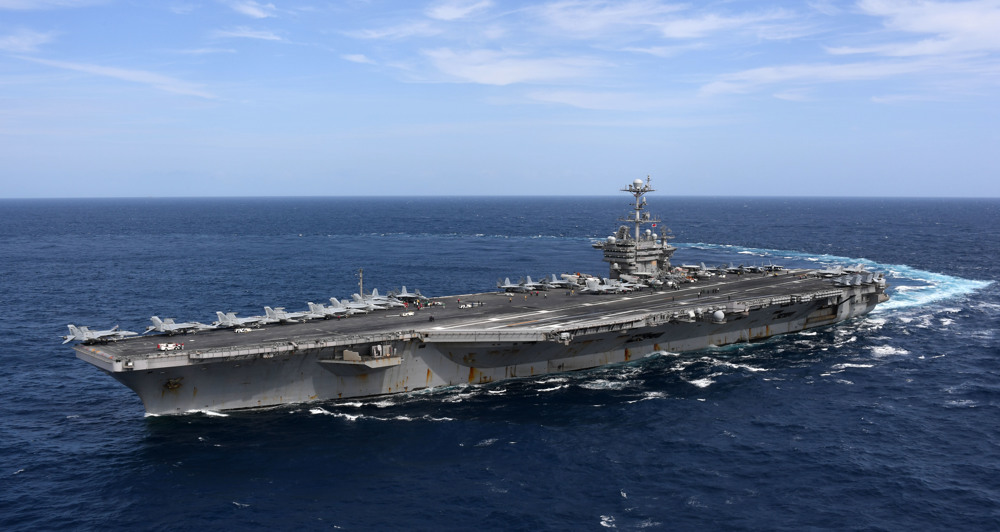US struggling to handle excess plutonium
The United States is struggling to handle the excessive amounts of plutonium generated at the cores of its many retired nuclear reactors, according to a new report, raising fears that it might end up in the wrong hands.
Today, there are some 54 metric tons of surplus plutonium stored in nuclear facilities the US Department of Energy operates around the country, according to Reuters.
In Pantex, a plant located near Amarillo, Texas, the surplus plutonium has long exceeded the 20,000 cores, also known as “pits,” that regulations allow such facilities to store in their temporary storage facility.
That means a mishap in the process, which is mostly done manually by contract workers, can trigger massive nuclear explosions.
While in the past the US simply used the leftover plutonium to produce more nuclear munitions, it is now obliged under a 2010 treaty with Russia to keep its arsenal under 1,550 warheads.
Moscow and Washington have also agreed in a separate agreement to render unusable for weapons 34 metric tons of plutonium.
This helps the two sides to keep the deadly material out of reach for terrorists and prevent nuclear proliferation. According to experts, terrorists would only need 11 pounds (5 kg) or less plutonium to make a bomb.
According to data by the US Energy Department, collectively the two countries have 68 metric tons of plutonium designated for destruction, enough to make 17,000 nuclear weapons.
US President Donald Trump’s desire to dismantle older warheads and refill them with more lethal nuclear payloads is another factor that has put American nuclear authorities under immense pressure to get rid of the country’s plutonium stockpile and make room for more.
Then there’s the problem of burying the material, a long and complex process that involves digging repositories and making them impenetrable to make sure the plutonium remains out of reach as it slowly passes its radioactive half-life of 24,000 years.
This is while Washington has not even started to take necessary measures to acquire additional space for burying plutonium more than 2,000 feet (610 meters) below ground, the depth considered safe.
“We are in a much more dangerous situation today than we were in the Cold War,” William Potter, director of the James Martin Center for Nonproliferation Studies at the Middlebury Institute of International Studies, told Reuters.
VIDEO | Yemenis praise the military for its successful operations against Israel
VIDEO | Israel continues to bomb Gaza homes
VIDEO | An insider's view of the country: Meybod City in Yazd
‘All wars have rules. All of those rules have been broken’ by Israel
VIDEO | Report flags India’s violation of rights of Rohingya detainees
Turkey's foreign minister meets Syria's de facto leader in Damascus
VIDEO | US Syria plots
'Next to impossible' to rescue patients from Gaza's Kamal Adwan Hospital: Director












 This makes it easy to access the Press TV website
This makes it easy to access the Press TV website